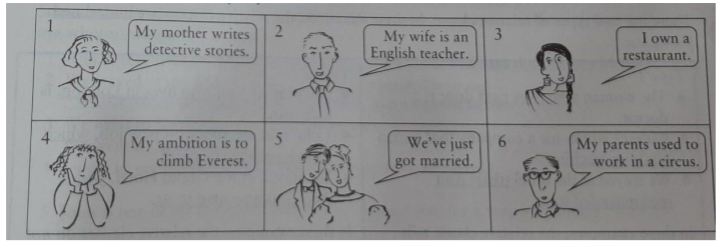Read the text below and answer the question.
Employees on its Employee Experience
Big Blue is actively involving its employees in retooling its processes.
By: Andrew R. McIlvaine | March 1, 2018 • 4 min read
Topics: Uncategorized
Earlier this year I posted about how more employers are planning to use HR tech tools to boost their
employee experience. Now, in the March/April issue of Harvard Business Review, IBM CHRO
Diane Gherson explains in a Q&A how Big Blue is “co-creating the employee experience” with its
employees, with the understanding that positive rates of employee engagement translate directly to
the company’s bottom line.
“We’ve found that employee engagement explains two-thirds of our client experience scores,” she
said. “And if we’re able to increase client satisfaction by five points on an account, we see an extra
20 percent in revenue, on average.”
Gherson and her team have done a lot of work in collaborating with employees to redesign and
enhance HR processes, particularly learning and development and performance management. With
the former, Gherson said IBM has taken a “Netflix” approach to learning and development, bringing
in employees to help create an individually personalized learning platform with different channels,
tailored by role, with “intelligent recommendations that are continually updated.”
Employees are guided in their course selections by a live-chat advisor as well as ratings by coworkers
who’ve taken the courses, said Gherson. HR also measures the offerings’ effectiveness via Net
Promoter Scores, which she said are more accurate than a previously used five-point satisfaction
scale.
As for improving the performance management process, Gherson said IBM disregarded what she
said would be a typical approach – conduct some benchmarking, convene a group of experts, come
up with a design and pilot it – in favor of working with employees “in a sort of extended hackathon.”
“We used design thinking and came up with something you might describe as a ‘concept car’—
something for people to test drive and kick the tires on, instead of just dealing with concepts,” she
said.
Gherson said she initially encountered some skepticism from employees after inviting them to
participate in the process.
“Some people said ‘This is such a sham—you already know what you want to do,'” she said. “But
then we explained that we really wanted to hear from them, and we got them into various discussion
forums.”
Ultimately, about 100,000 IBMers participated in the redesign process, Gherson said. Employees
even selected a name for the redesigned PM process: Checkpoint. Even now, the company continues
to solicit input from employees on how the process can be improved, she said.
The employee response has been overwhelmingly positive, said Gherson. “Their overall message has
been ‘This is what we wanted.’ It was cited as the top reason engagement improved.”
“People are getting much more feedback out of this system, in much richer ways,” she said. “And
more important, they are not feeling like spectators in our transformation; they are active
participants.”
Andrew R. McIlvaine is former senior editor with Human Resource Executive®.
https://hrexecutive.com/ibm-works-employees-employee-experience/



 Fonte: Murphy Raymond: English Grammar in Use (1997).
Fonte: Murphy Raymond: English Grammar in Use (1997).